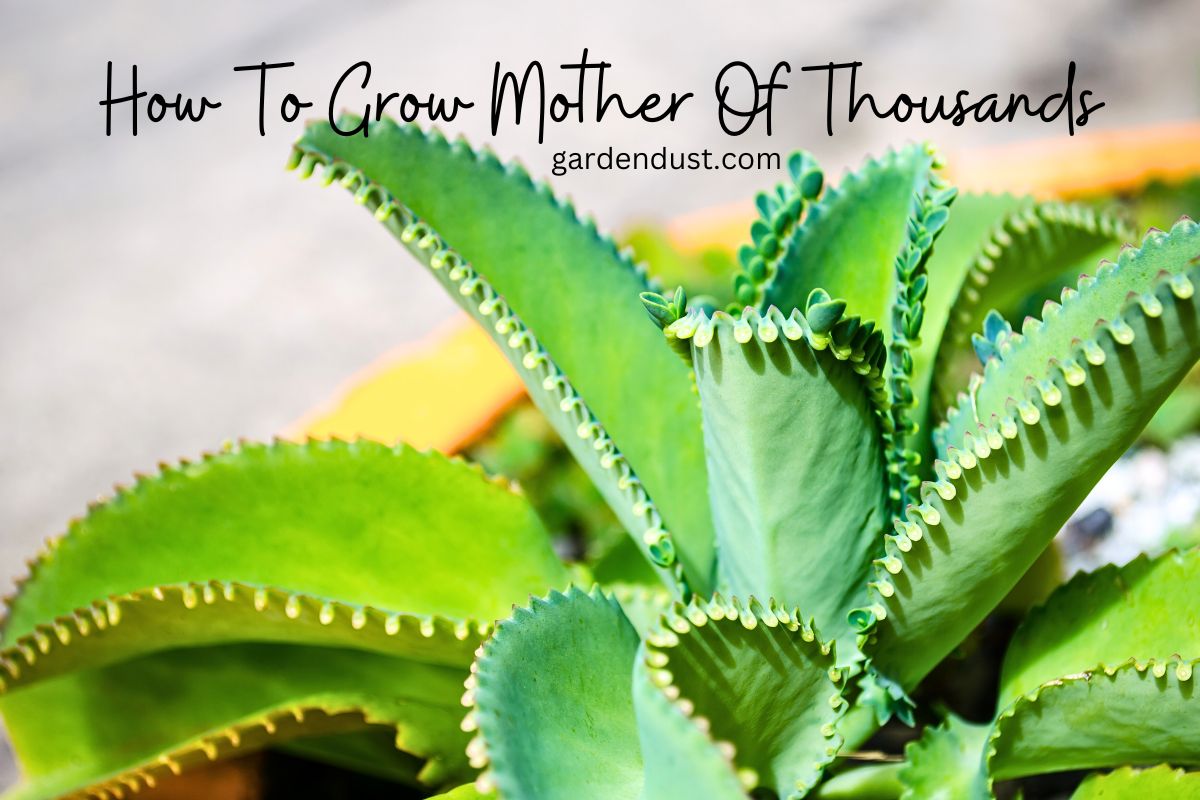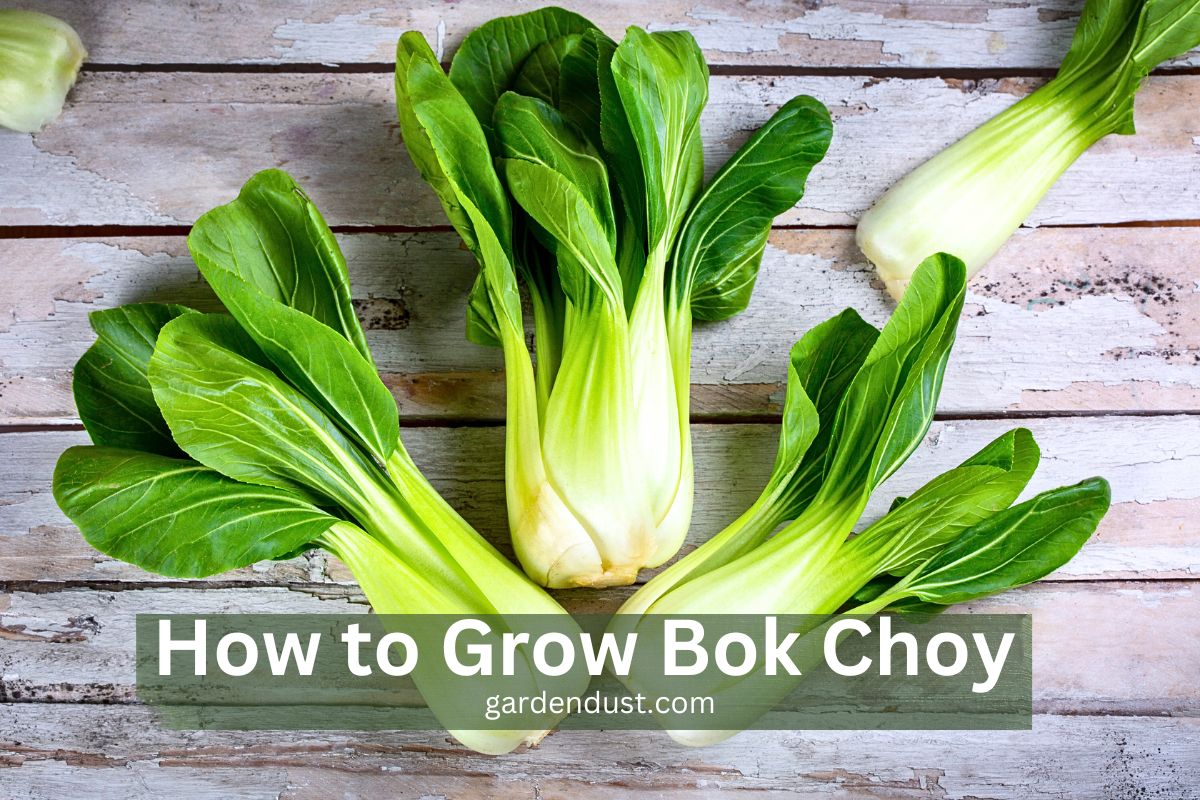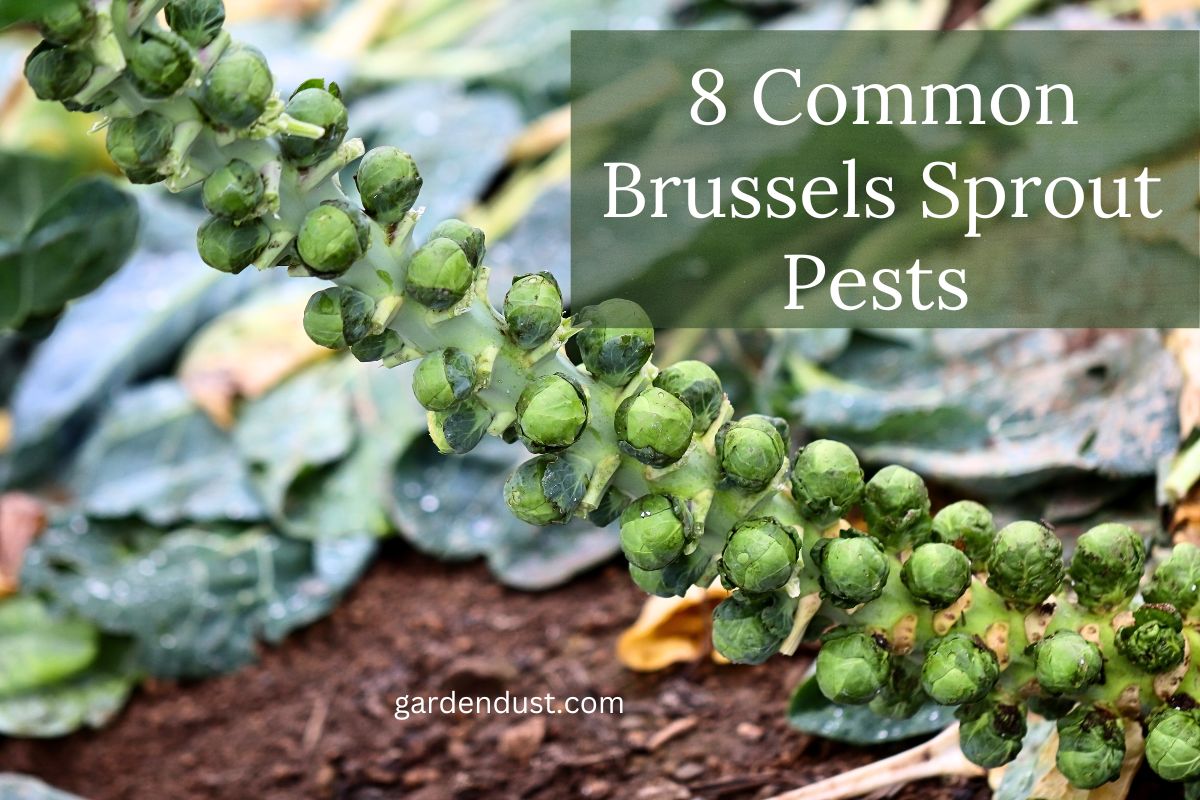Bok choy, a member of the Brassicaceae family, emerges as a versatile and nutritious addition to home gardens, offering both culinary delight and a host of health benefits. Also known as Chinese cabbage or pak choi, this leafy green vegetable has gained popularity worldwide for its crisp texture, mild flavor, and adaptability in various dishes. In this comprehensive guide, we will walk you through the step-by-step process of How to Grow Bok Choy, ensuring a successful and rewarding gardening experience. Whether you’re a seasoned gardener or a novice with a budding interest in home cultivation, growing bok choy can be a satisfying venture. Let’s start….
Botanical Name-Brassica rapa subsp. chinensis
Genus-Brassica
Native-China
Family-Brassicaceae (Cruciferae)
Common Name-Bok Choy, Pak Choi, Chinese Cabbage
Plant Type-Leafy Green Vegetable
Plant Size-height of 6 to 12 inches (15 to 30 cm)
Growing Bok Choy
Soil
Bok choy prefers well-draining soil rich in organic matter. A fertile, loamy soil with a slightly acidic to neutral pH (6.0-7.5) is ideal. Incorporate compost or well-rotted manure into the soil before planting to enhance fertility.
Sunlight
Bok choy thrives in partial shade, especially in regions with warmer climates. While it can tolerate some direct sunlight, providing shade during the hottest part of the day helps prevent bolting and ensures the leaves remain tender and flavorful.
Water
Bok choy requires consistent moisture for optimal growth. Water the plants regularly, ensuring that the soil stays consistently moist but not waterlogged. Adequate hydration is crucial, especially during dry periods. Mulching around the plants can help retain soil moisture.
Fertilizer
Use a balanced, all-purpose fertilizer to provide essential nutrients for bok choy. Apply the fertilizer when the plants are 3-4 inches tall, following the recommended application rates on the product packaging. Avoid excessive use of nitrogen, as it may lead to overly leafy growth.
Location
Choose a location with partial shade, particularly in warmer climates, to protect bok choy from the harsh afternoon sun. Planting in early spring or late summer to early fall is advisable, aligning with the cooler seasons that favor bok choy’s growth.
How To Grow Bok Choy From Seeds
Growing bok choy from seeds is simple. Start with quality seeds, planting them indoors 4-6 weeks before the last frost or directly in the garden in early spring or late summer. Use containers with drainage, fill them with a well-draining mix, and plant seeds at the recommended depth. Keep the soil consistently moist until germination, which typically takes 5-10 days. Transplant seedlings outdoors after they reach 3-4 inches in height and have a couple of true leaves. Choose a partially shaded location with well-draining soil. With these steps, you’ll be on your way to a successful bok choy harvest.
READ ALSO:-How to Grow Lettuce
Harvest Bok Choy
Harvesting bok choy is a straightforward process that begins when the leaves reach 6-8 inches in height, typically around 45 to 60 days after planting. Using sharp scissors or shears, cut the outer leaves at the base to encourage ongoing growth from the central point. Frequent harvesting, every few weeks, ensures a prolonged harvest season. Alternatively, a whole-plant harvest is an option. To maintain optimal freshness, use or refrigerate harvested bok choy promptly. This simple yet rewarding process allows for a continuous supply of this nutritious vegetable in your home garden.
How To Plant Bok Choy In Pot
Growing bok choy in a pot is a practical solution for those with limited gardening space. Begin by selecting a container with adequate drainage and filling it with well-draining potting mix enriched with organic matter. Plant bok choy seeds or seedlings, ensuring proper spacing, and water thoroughly. Place the pot in an area with partial shade, especially in warmer climates, or provide filtered sunlight to prevent overheating.
Regularly check soil moisture, adjusting watering frequency accordingly. Apply a balanced, water-soluble fertilizer every few weeks to support healthy growth. If cultivating indoors, ensure your bok choy receives 4-6 hours of sunlight daily or supplement with grow lights. Harvest leaves at the desired size by cutting them at the base, encouraging continuous growth. Growing bok choy in a pot is a space-efficient way to enjoy this nutritious vegetable, offering flexibility and convenience in your gardening endeavors.
Propagate Bok Choy
Propagating bok choy is a simple process that can be achieved through seeds or stems. To propagate from seeds, collect mature seeds, sow them in well-draining soil, and transplant the seedlings once they are a few inches tall. For stem propagation, cut a mature bok choy plant just above the soil level, ensuring a portion of the stem with leaves intact.
Place the cut end in water or directly in soil until roots develop. Once the roots are established, transplant the new bok choy plant into the garden or a larger container. Regular watering and care are crucial during the initial growth stages. Whether through seeds or stems, propagating bok choy provides an efficient way to expand your garden and ensure a continuous supply of this nutritious vegetable.
Common Problems With Bok Choy
Bok choy, while generally resilient, can face common problems affecting its growth. Pests like aphids, cabbage worms, and flea beetles may damage leaves, while diseases such as downy mildew and black rot can cause yellowing and wilting. Bolting, or premature flowering, is a risk, especially in high temperatures.
Overwatering and underwatering may lead to root-related issues, impacting overall plant health. Soil pH imbalance and inadequate nutrients can result in nutrient absorption problems and yellowing leaves. Weather extremes, overcrowding, late harvesting, and insect damage are additional challenges.
Tip-To mitigate these issues, maintain proper spacing, monitor for pests and diseases, and provide optimal growing conditions. Timely harvesting and attentive care contribute to a healthy and thriving bok choy crop.
Final Thoughts
Growing bok choy is a straightforward and rewarding process, whether you choose to cultivate it from seeds or seedlings. Starting with quality seeds, appropriate timing, and the right containers for seed germination sets the foundation for success. Providing well-draining soil, maintaining consistent moisture, and ensuring the plants receive adequate sunlight are essential elements for optimal growth. Whether planted directly in the garden or in containers, bok choy benefits from careful attention to spacing, as well as regular monitoring for pests and diseases. Harvesting at the right time, when leaves reach the desired size, encourages continuous growth and ensures the best flavor and texture. Whether you have a spacious garden or limited space, the adaptability of bok choy to different growing conditions makes it accessible to a wide range of gardeners. With a bit of care and attention, anyone can enjoy the satisfaction of cultivating and harvesting this versatile and nutritious leafy green. Happy Gardening…
FAQ About Bok Choy
1. What is bok choy, and what does it taste like?
Bok choy, also known as Chinese cabbage, is a leafy green vegetable with a mild, slightly peppery flavor. It has crisp stems and dark green leaves, offering a refreshing and versatile taste.
2. How do I store harvested bok choy?
After harvesting, store bok choy in the refrigerator. Wrap it in a damp paper towel and place it in a plastic bag or airtight container. Properly stored, bok choy can stay fresh for about a week.
3. Can I grow bok choy in containers?
Yes, bok choy can be successfully grown in containers. Use a well-draining potting mix, choose a suitable-sized container, and place it in an area with partial shade, especially in warmer climates.
4. When is the best time to harvest bok choy?
Bok choy is typically ready for harvest within 45 to 60 days after planting. Harvest when the leaves reach 6-8 inches in height by cutting them at the base. Regular harvesting encourages continuous growth.
5. How do I prevent pests on my bok choy plants?
Keep an eye out for common pests like aphids and cabbage worms. Use insecticidal soap or neem oil for organic pest control. Companion planting with herbs like mint or basil can also help deter pests.
6. Can bok choy be grown year-round?
Bok choy is a cool-season vegetable that thrives in cooler temperatures. It can be grown in early spring or late summer to early fall. In warmer climates, planting in the fall or winter may be more suitable.
7. What are common nutrient deficiencies in bok choy?
Yellowing leaves may indicate a nitrogen deficiency. Ensure your soil has adequate nutrients and consider using a balanced fertilizer to address deficiencies.
8. Can I regrow bok choy from kitchen scraps?
Yes, you can regrow bok choy from kitchen scraps. Place the base of a harvested bok choy in water, and it will develop roots. Once roots are established, transplant it into soil for continued growth.






